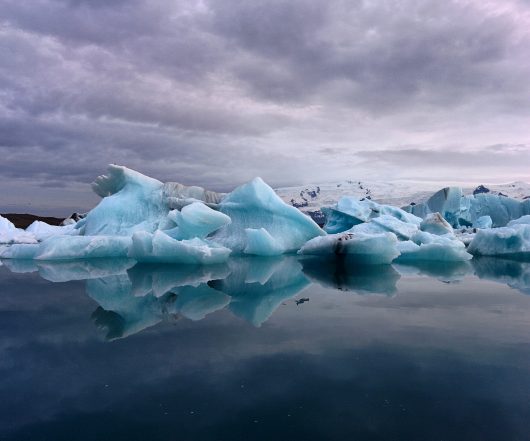Ten Facts about Refugees in Iceland

As Iceland stands geographically remote with wisps of chilly Arctic air and an intimate population of 323,000, refugees in Iceland who have been granted asylum have experienced a unique assimilation. In a Telegraph article, a Syrian refugee commented, “For us, [Iceland] is the freezer” while Audur Magnuscdottir, a biochemist helping a family settle said, “[Iceland] is dark, it’s cold and it’s windy – it must be hell. Just to get used to going out in the cold is a huge step.”
Yet in light of Iceland’s unusual characteristics, the majority of Icelanders have welcomed refugees with open arms. Here are 10 facts about refugees in Iceland:
- Since Iceland’s refugee policy first initiated in 1956, the country has accepted a grand total of 584 refugees, a rate lower than other Nordic countries. According to data from the United Nations High Commissioner for Refugees, there has been a total of 17,785 refugees accepted in Denmark, 142,207 in Sweden and 47,043 in Norway.
- Since 1956, groups and families of refugees have arrived from a diverse range of countries — Vietnam, Poland, Hungary, former Yugoslavia and Serbia.
- Post-recession, Iceland’s economy has recovered at a four percent growth rate per year. However, according to a PBS report, Iceland would require 2,000 new immigrants a year to maintain that level of growth — refugees would contribute to this number. Mayor of Akureyri, Iceland, Eirikur Bjorgvinsson, explains that refugees contribute more to Iceland’s economy than the amount of assistance that they are actually receiving.
- In order to become assimilated in Iceland society, the government offers financial assistance, education, health services, housing, furniture and a telephone for up to one year to refugees in Iceland.
- According to the Ministry of Welfare, the policy in Iceland has welcomed a quota of 25 to 30 refugees every year. However, this quota has changed in the last few years with the crisis in Syria, protests from Icelandic citizens and an exception in 1999 with the outbreak of the war in Kosovo.
- The largest group of refugees accepted together in Iceland was comprised of 75 people, who were all from Kosovo in 1999. The smallest group to migrate to Iceland in a single year was comprised of five people in 2014, who hailed from Zimbabwe, Cameroon, Uganda and Syria.
- In September 2015, via Facebook, 11,000 Icelanders called on the government to increase its intake of refugees. At that time, the Icelandic government had only pledged to accept 50 refugees.
- Amid the conflict in Syria, with 4 million Syrians fleeing the country and a further 7.6 million being displaced inside Syria, 48 Syrian refugees from the United Nation’s refugee camp in Lebanon have found new homes in Iceland since January 19 of this year. An additional 40 refugees will be arriving in Iceland this fall.
- A refugee committee suggested that the municipalities of Reykjavik, Árborg and Hveragerði, Iceland receive Syrian refugees due to its strength in employment opportunities, housing and abundance of Red Cross chapters.
- Although many refugees in Iceland have found peaceful relocation to Iceland with citizens embracing the new diversity created with the influx among their predominantly white and Christian population, many who have entered Iceland with false and forged passports have been jailed due to a violation of international law. The typical sentence is 30 days in jail, legal fees from 50,000 to 125,000 ISK.
– Priscilla Son
Photo: Flickr
